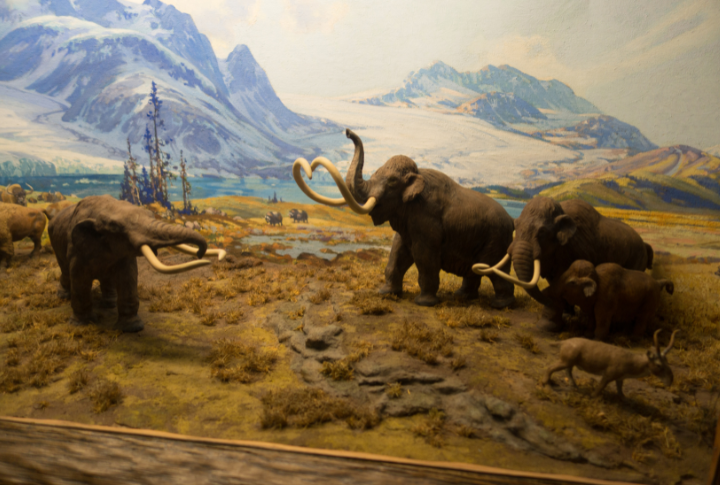
Mastodons and Mammoths may seem like prehistoric twins, but they were more like distant cousins who barely saw each other at family gatherings. Mastodons preferred forests, while mammoths thrived in open grasslands. Keep swiping to see how these Ice Age giants shared the world without stepping on each other’s toes.
Different Food Preferences
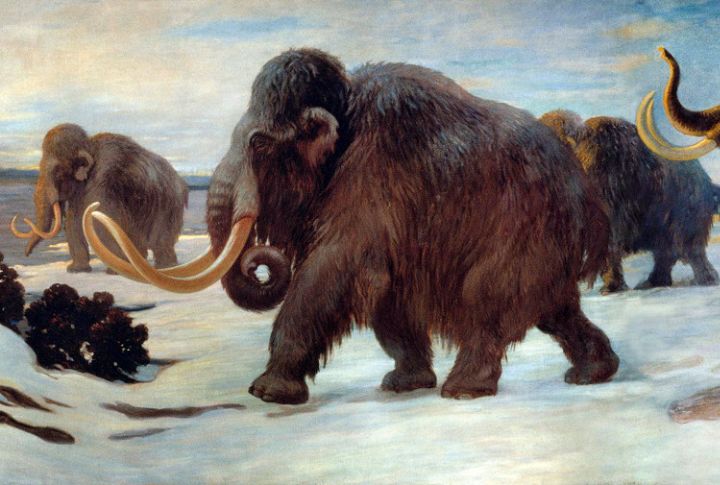
Imagine going to a buffet with a friend, but you only eat pizza while they load up on salads. That’s basically how mastodons and mammoths coexisted. Mastodons were snacking on twigs and leaves, while mammoths grazed on grass in open plains. Since they weren’t after the same meals, they kept the peace without food fights.
Separate Habitats
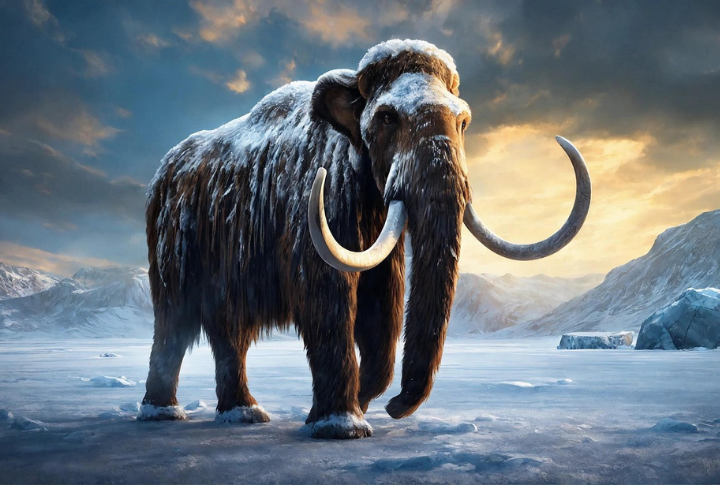
Everyone pictures Ice Age animals braving blizzards, but mastodons were more into the “swampy, tree-filled paradise” vibe. They hung out in forests and wetlands, avoiding the icy tundras their woolly cousins loved. So, while mammoths were trudging through snow, mastodons were probably splashing around in muddy ponds like giant, hairy hippos.
Distinct Physical Adaptations
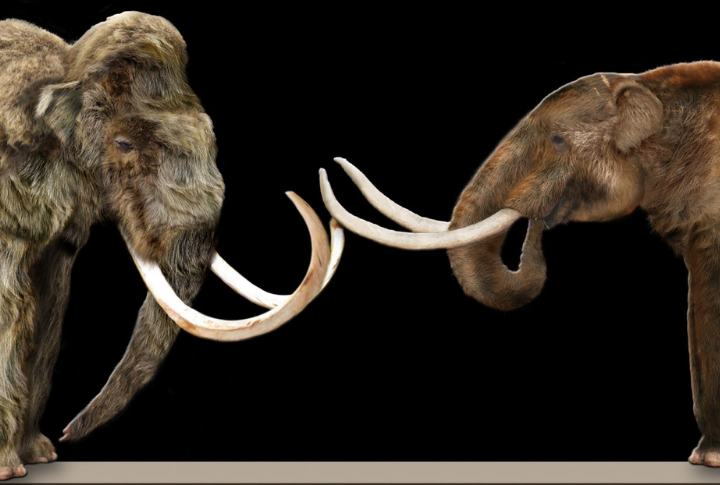
Mastodons were the rugged off-road trucks of the Ice Age—short, stocky, and built for dense forests. Mammoths, meanwhile, were like massive SUVs with built-in winter tires—long, curved tusks and thick fur to handle open, frozen landscapes. Both bodies were designed for different terrains.
Varied Social Structures
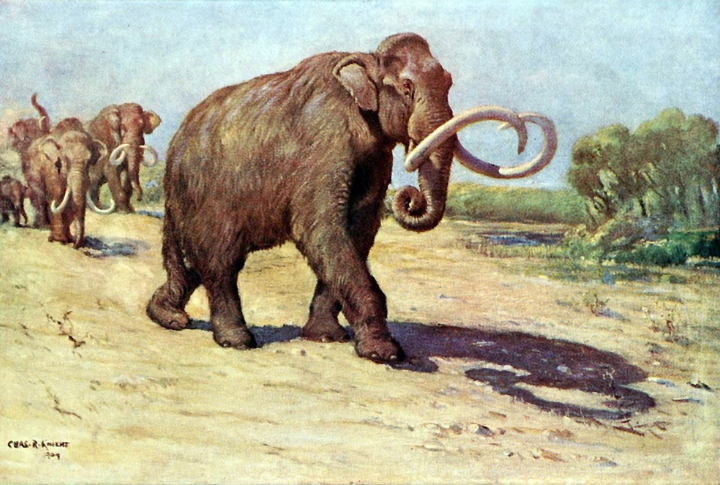
Mammoths were the life of the party, traveling in herds like modern elephants. These social groups provided protection, helped raise the young, and worked together to find food. Mastodons? They were more like introverts, sticking to small family groups or rolling solo. Especially adult males who often roamed alone.
Seasonal Migration Patterns
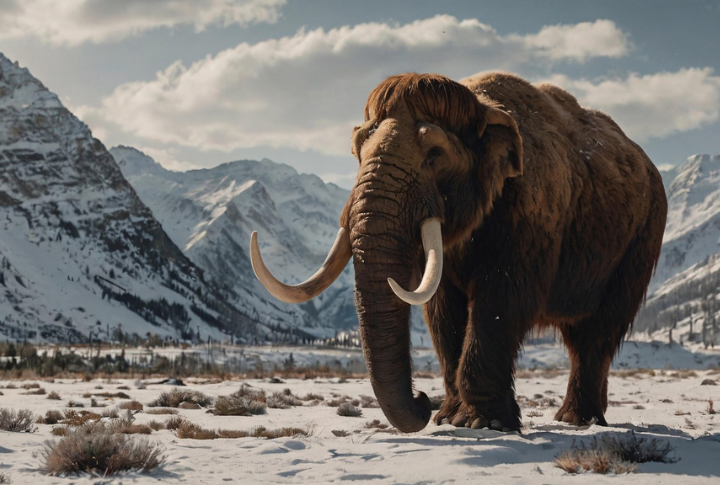
Mammoths migrated long distances, following food and avoiding the worst winters. But Mastodons were homebodies who stuck to their familiar forest neighborhoods year-round. Instead of long migrations, they relied on their ability to browse on trees and shrubs, which were available even in winter.
Different Predators And Threats
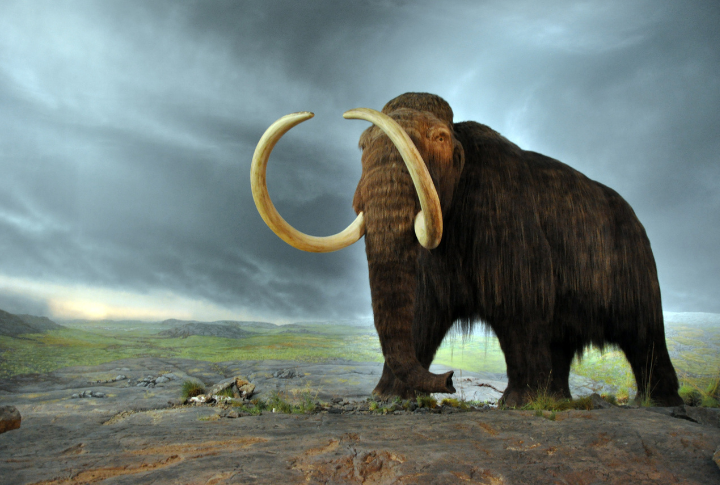
Mammoths had to watch their backs in the open plains, where saber-toothed cats, dire wolves, and, later, humans were all eager to take them down. Mastodons had the advantage of hiding among trees but still had to worry about predators sneaking up on them. They rarely fought each other.
Unique Reproductive Strategies
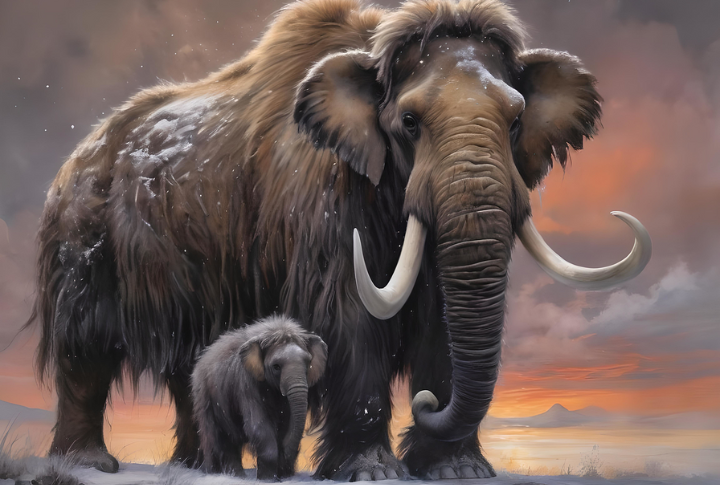
If mammoths and mastodons were competing for survival, one would’ve had to outbreed the other. But that didn’t happen! Mastodons had shorter lifespans but more frequent offspring, while mammoths lived longer and had fewer babies. This balanced their populations—no baby boom disasters or overcrowding, just two species minding their own business.
Specialized Defense Mechanisms
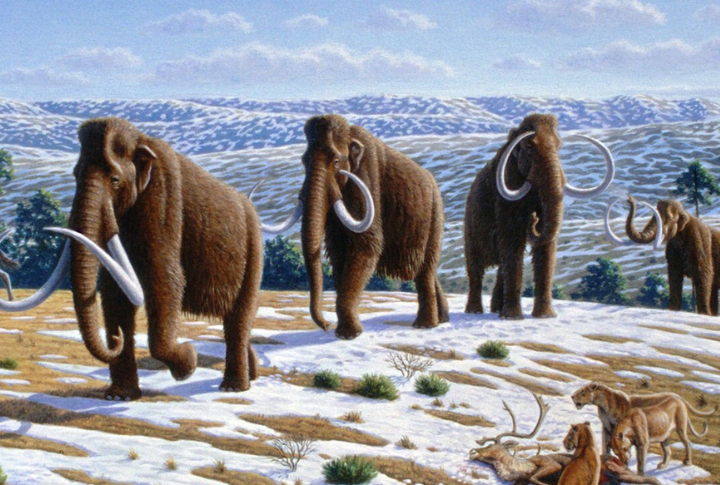
Mastodons were built like armored tanks, relying on brute strength and straighter tusks to fight off predators. On the other hand, Mammoths used their herd numbers and curved tusks for protection. It’s like mastodons were brawlers in a bar fight, while mammoths were a football team holding the defensive line.
Different Communication Styles
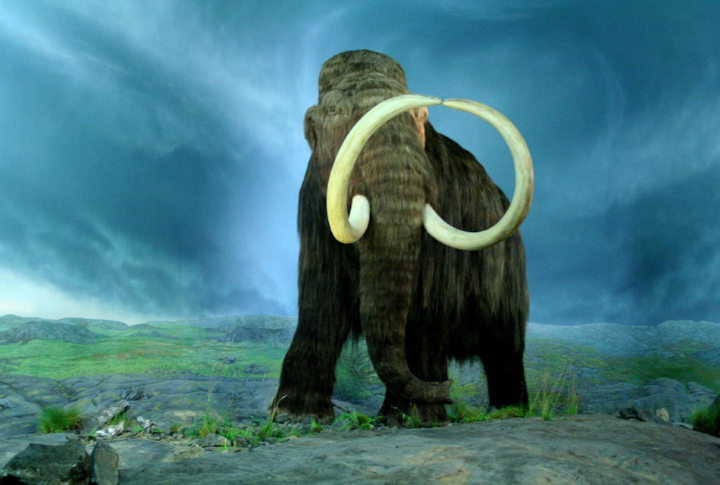
Mammoths likely used deep rumbles and trumpeting calls to communicate across long distances, keeping their herds coordinated. They were basically shouting across the tundra. Mastodons were more solitary or lived in small groups, right? So their communication may have been quieter—think low grunts or even subtle body language.
Adaptation To Climate Changes
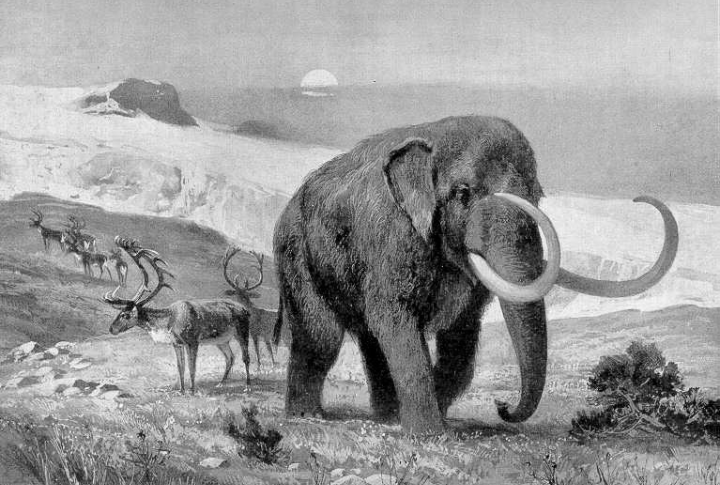
Mastodons thrived in milder, wetter climates, while mammoths were built for the freezing tundra. One was a Florida retiree, and the other was an Alaskan survivalist. Since they had different climate preferences, they weren’t constantly fighting over the best living spots, letting them share the world without trouble.

